Our Place in the Future of Offshore Wind Power
Our Place in the Future of Offshore Wind Power
Can you feel the winds of change? We sure can. In fact, many countries around the world, including the United States, already do, and that number is going to expand exponentially very soon. Of course, we’re referring to wind power, specifically offshore wind power.
Countries around the world have acknowledged the need for clean energy alternatives and have stepped up efforts to drastically reduce the dependency on fossil fuels. These efforts are the reasons why many countries have been investing in clean energy sources including nuclear, solar, and wind power.
What is Offshore Wind? How are they Different from Land-Based Wind Farms?
Simply put, offshore wind power is reliable, economical, and environmentally friendly. Offshore wind power (or energy) is basically the generation of electricity harnessed through wind farms, or a collection of wind turbines installed out at sea.
Offshore wind farms, like land-based wind farms, generate electricity from the wind. The main difference between the two is the higher potential of physical interference from land features or man-made obstructions around or near land-based wind farms. Therefore, offshore wind farms are generally considered to be more efficient thanks to the more consistent, unobstructed, stronger winds at sea.
How Are Wind Turbines Installed at Sea?
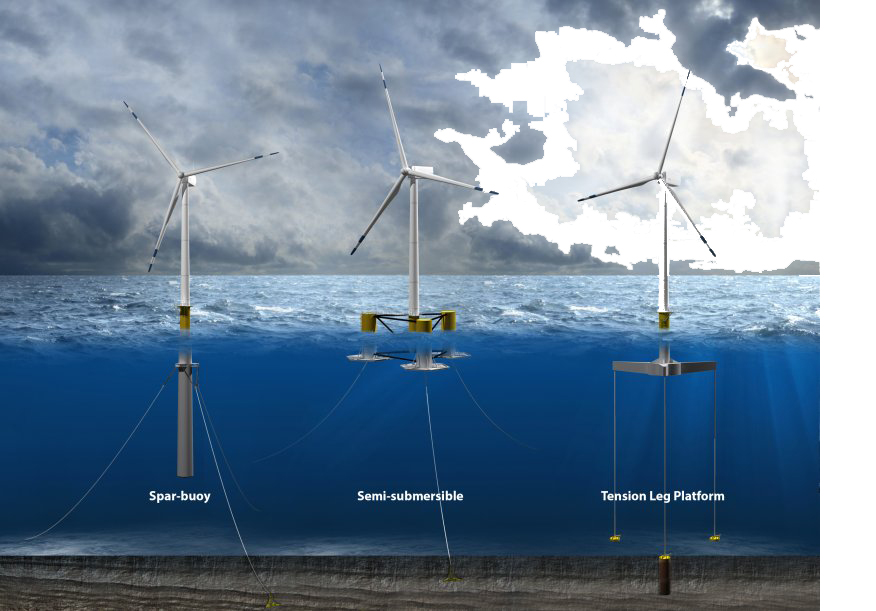
Offshore wind turbines can either have fixed bottoms—grounded in the seafloor by structures such as steel piles or lattice structures—or they can float. Floating wind turbines are anchored to the seafloor with multiple mooring lines and are best suited for placement in deeper waters (approximately 200 feet or deeper), where surface winds tend to be stronger.
Several different companies around the world are currently working on developing platforms including spar-buoy platforms, tension leg platforms, semi-submersible platforms, and more. The different styles of floating platforms are designed to suit a variety of conditions found at existing or potential offshore wind farm locations.
How Much Power Can Offshore Wind Generate?
On average, an offshore wind turbine can produce up to 3.6 megawatts (MW) of clean energy, whereas a land-based wind turbine can produce an average of about 2.5 to 4 MW.
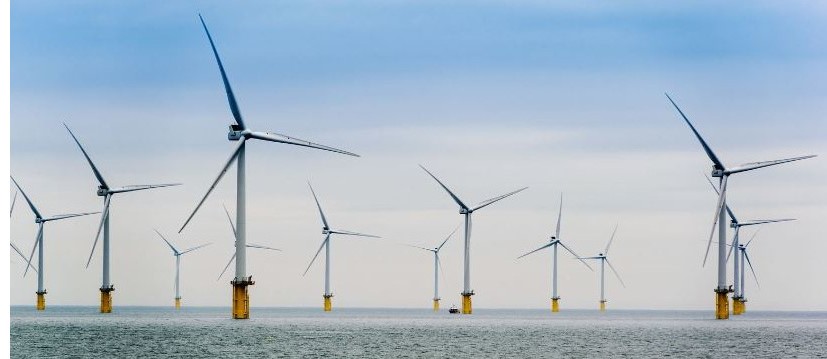
However, to better appreciate the potential of offshore wind and the impact it can have on clean energy initiatives, let’s look at how the United Kingdom, the current leader in offshore wind, has been taking advantage of this clean energy resource. In 2020, the UK had nearly 2,200 wind turbines across 35 locations off the coasts of England, Scotland, and Whales. These sites produced approximately 40.7 terawatt hours, contributing to 13 percent of the UK’s electricity needs.
On August 31, 2022, Hornsea 2, located 55.3 miles (89km) off the coast in the North Sea, became operational. This site is currently the largest offshore wind farm and has been responsible for generating 1.3 gigawatts of power, enough to power 1.4 million homes in the UK.
How Does Power Generated get into the Grid?
The power generated from these wind turbines is transferred to land via a series of underwater cables that are connected to power hubs or stations at sea, then substations on land. The systems in these hubs/substations determine where the harnessed electricity goes and distributes it into the electrical grid to power homes, schools, businesses, etc.
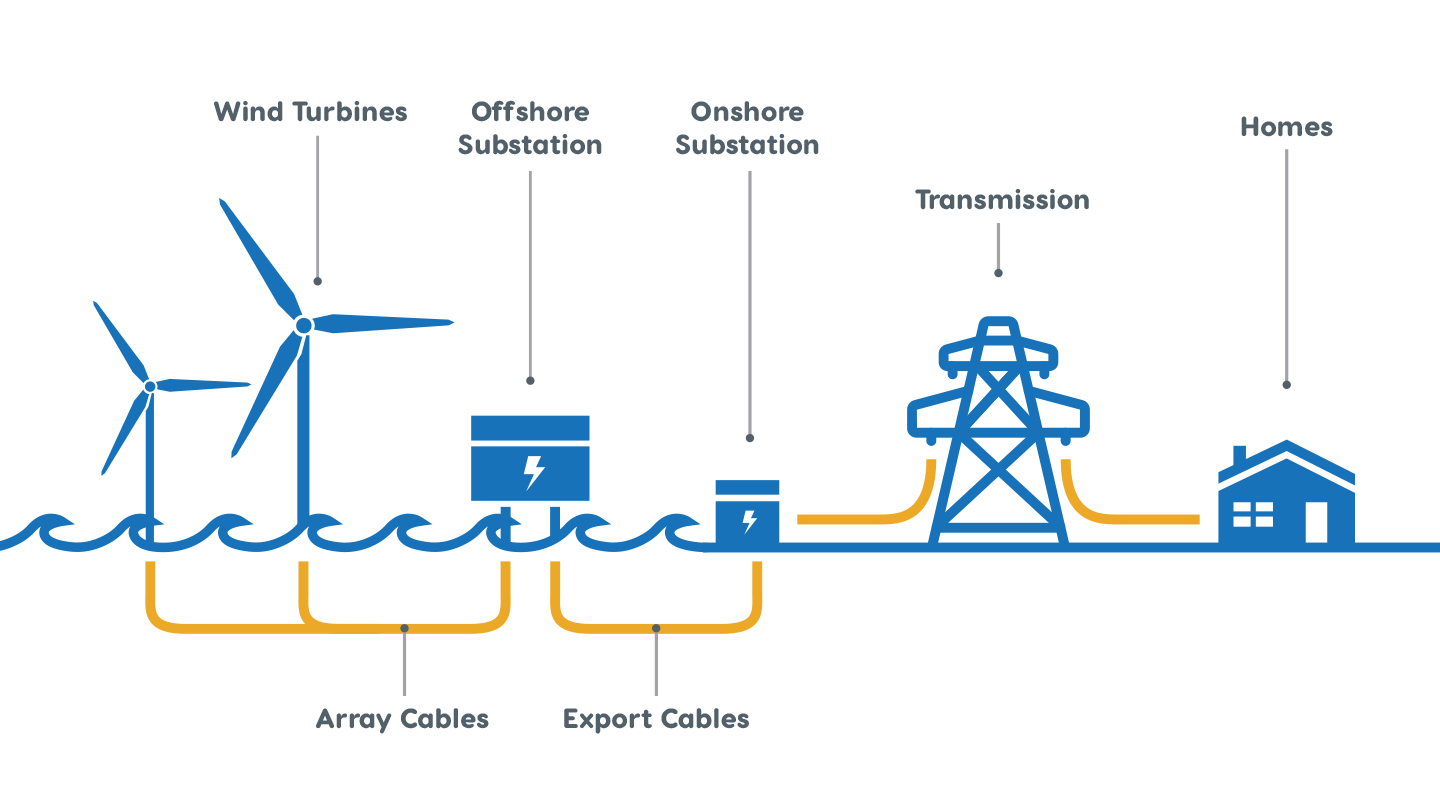
What is our Role?
I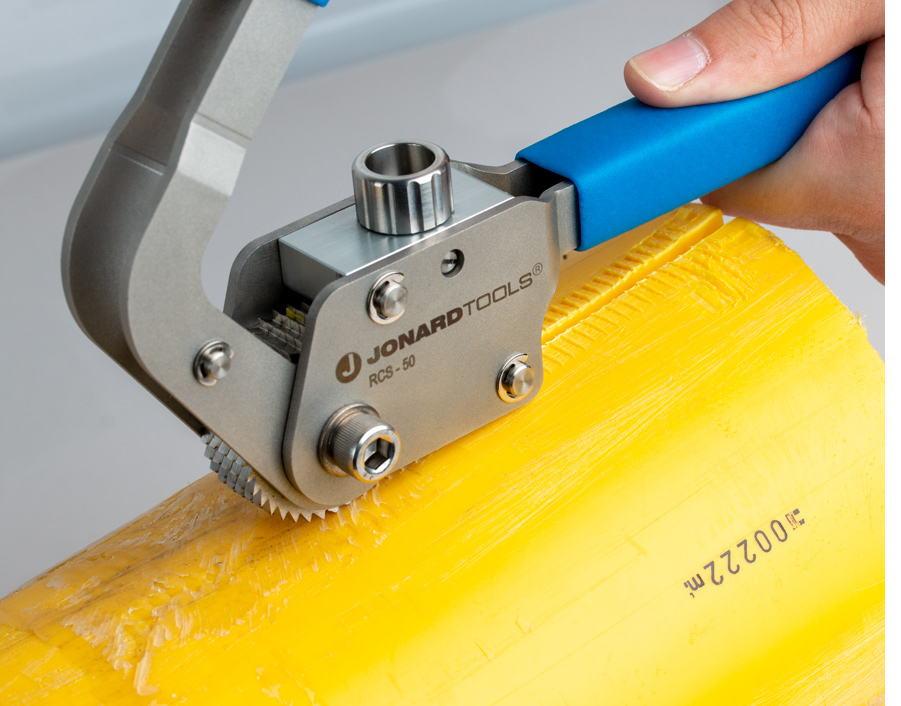 n 2021, Jonard Tools released the RCS-50, Submariner Cable & Large Duct Slitter. This tool is specifically designed to help with the installation and maintenance of heavy-duty, underwater cables, like the ones used to connect turbines to power stations. The RCS-50 is perfect for removing thick cable jackets such as HDPE (High-Density Polyethylene) on large submariner power cables, large telecom cables, large fiber optic ducts, or other large power cables. The ratcheting cutter’s blade depth adjusts from 1/8" - 3/8" (3.18 mm - 9.53 mm) allowing it to handle thick-jacketed cables and ducts. It is made from stainless steel and plated steel and aluminum hardware for maximum durability and corrosion resistance.
n 2021, Jonard Tools released the RCS-50, Submariner Cable & Large Duct Slitter. This tool is specifically designed to help with the installation and maintenance of heavy-duty, underwater cables, like the ones used to connect turbines to power stations. The RCS-50 is perfect for removing thick cable jackets such as HDPE (High-Density Polyethylene) on large submariner power cables, large telecom cables, large fiber optic ducts, or other large power cables. The ratcheting cutter’s blade depth adjusts from 1/8" - 3/8" (3.18 mm - 9.53 mm) allowing it to handle thick-jacketed cables and ducts. It is made from stainless steel and plated steel and aluminum hardware for maximum durability and corrosion resistance.
The RCS-50 has the capability of helping countless technicians and specialized installers work safely. In fact, we were approached to develop this tool so that installers wouldn’t have to use utility knives to open these thick-walled jackets. With that in mind, we designed the RCS-50 with the needs of not only the technicians that would be using it but so that it could also withstand the potentially harsh, underwater conditions.
The Future of Renewable Energy
The need for reliable tools like the RCS-50 will become more apparent, considering the rapid adoption and growth of offshore wind power. Already, in multiple countries and many states along the U.S. coastline, engineers are hard at work developing larger wind farms, more efficient power hubs, and delivery systems that may allow multiple regions to benefit from the energy harnessed by wind farms.
Whichever way the wind blows, we’ll be here ready to develop the next generation of tools that help push clean energy innovations forward.
Written by: Brenda Krulik, Project Coordinator, Jonard Tools
Resources:
New York State Energy Research and Development Authority
US Energy Information Administration
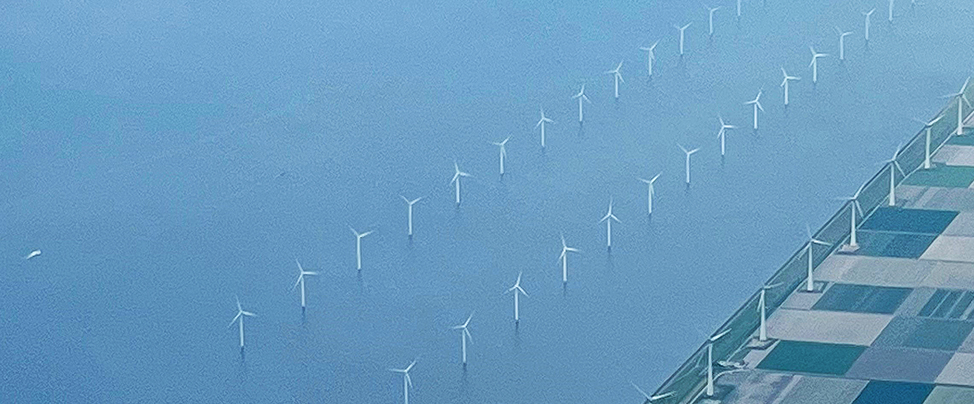
Comments
Login or Register to post comments.